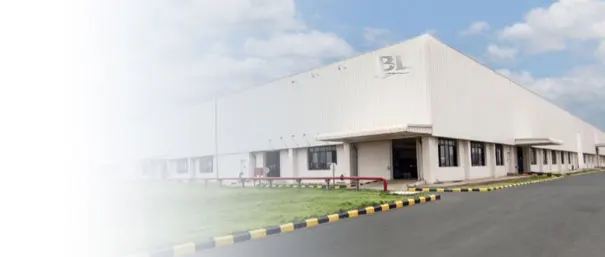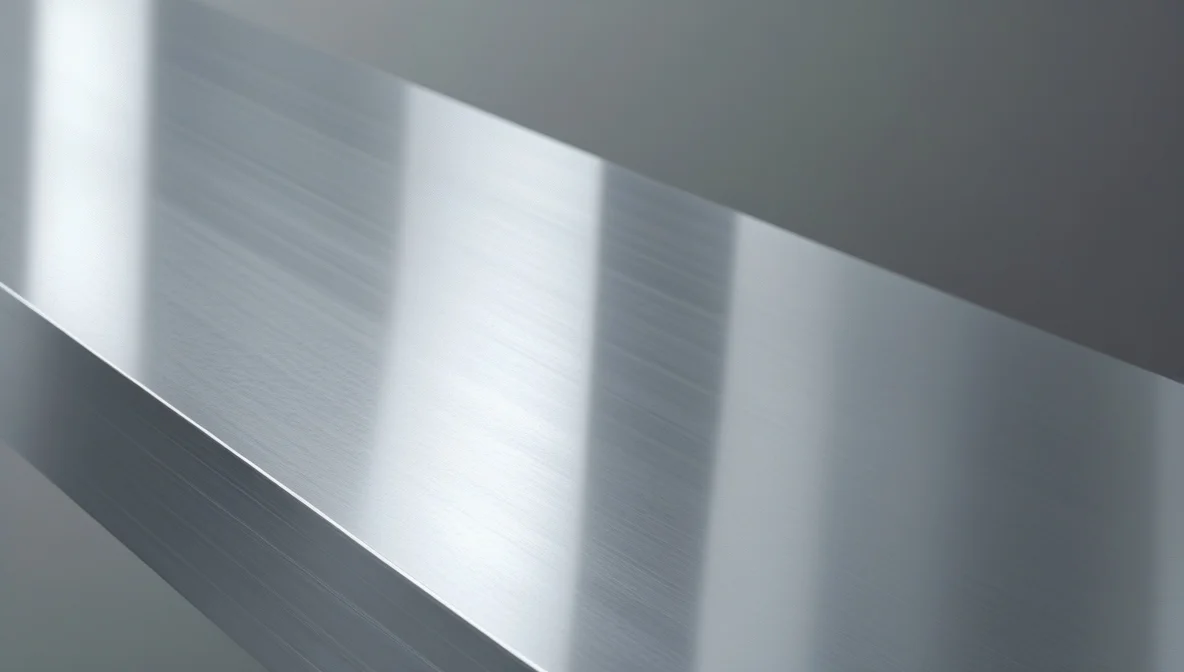Price Comparison: 304L vs 304 Stainless Steel
When comparing the cost of 304L and standard 304 stainless steel, the general observation is that 304L is typically slightly more expensive than 304. However, the price difference is usually not substantial, often varying by only a few percent.


Several factors contribute to this price difference:
- Manufacturing Process: Achieving the lower carbon content (0.03% max for 304L vs. 0.08% max for 304) requires additional steps or tighter controls during the steelmaking process, often involving techniques like Argon Oxygen Decarburization (AOD) or Vacuum Oxygen Decarburization (VOD). These extra refining steps add slightly to the production cost.
- Market Demand and Supply: While both grades are high-volume commodities, the specific demand for 304L in applications requiring welding (which is a significant portion of stainless steel usage) can influence its price relative to 304. If demand for weldable grades is particularly high, the premium for 304L might increase slightly. Conversely, sometimes mills produce 304L and dual-certify it as 304 (since it meets the 304 requirements as well), which can sometimes narrow the price gap depending on inventory levels.
- Alloying Elements: Both grades have similar base compositions (primarily Chromium and Nickel), so the cost isn’t driven by major differences in expensive alloying elements like Molybdenum (which distinguishes 316 grades). The cost difference is primarily linked to the carbon control.
- Form and Quantity: The price difference might also vary depending on the product form (sheet, plate, bar, pipe, tube) and the quantity purchased. Mill minimums and distributor markups can also play a role.
Is the Extra Cost Worth It?
The decision between 304 and 304L often comes down to the application requirements rather than the minor cost difference.
- If the application involves welding, especially of thicker sections, or if the component will operate in a potentially corrosive environment after welding without post-weld heat treatment, the slightly higher cost of 304L is almost always justified to prevent sensitization and potential premature failure due to intergranular corrosion.
- If the application involves no welding or only very thin sections are welded (where cooling is rapid), or if the operating environment is very mild, standard 304 might suffice and could offer a marginal cost saving. Standard 304 also has slightly higher strength due to its higher carbon content, which might be a factor in some designs.
In practice, many suppliers stock 304L and offer it as dual-certified (meeting both 304 and 304L specifications, except for the slightly lower strength of 304L). This simplifies inventory for suppliers and provides flexibility for users. Therefore, the actual price comparison might be very close in many market situations. Always check current pricing and availability for your specific needs.
Is 304L more expensive than 304? — This article provides a practical buyer‑focused overview with specifications, selection tips, and on‑site considerations. Explore related topics: blog.
Key Specifications and Standards
- Standards: ASTM / EN / JIS (e.g., ASTM A240/A36, EN 10088/10025, JIS G4304/G3131).
- Surface options: 2B, BA, No.4, HL, mirror; galvanized (electro / hot‑dip).
- Processing: hot‑rolled, cold‑rolled, annealed & pickled, welded or seamless.
- Typical services: slitting, shearing, cut‑to‑length, drilling, beveling, deburring.
- Documentation: MTC, CO, packing list with net/gross weight and heat numbers.
Typical Applications
Construction, machinery, automotive, energy, enclosures and fencing, food equipment (for stainless), and general fabrication. Match grade and finish to corrosion, strength, and appearance requirements.
Selection Guide
- Use certified material with Mill Test Certificate (MTC).
- Confirm standards (ASTM/EN/JIS) and tolerances per drawing.
- Match surface finish to application (2B/BA/No.4/galvanized).
- Specify dimensions and acceptable deviation upfront.
- Plan packaging and corrosion protection for transit.
Processing, Packaging and Logistics
We adopt edge protection, waterproof wrapping, rust‑inhibiting paper, fumigated pallets, and strapping suitable for sea freight. Loading photos and weight lists are provided for each shipment.
FAQs
Q: What lead time can I expect?
A: Typically 7–15 days ex‑works for standard sizes; custom processing may extend the schedule.
Q: Can you provide cut‑to‑size service?
A: Yes. We slit, shear, cut, drill, bevel and deburr to drawing to reduce waste and speed installation.
Q: How do you ensure quality?
A: Incoming inspection, process control, and final inspection with traceable heat numbers; third‑party inspection is available.
Q: Do you support small trial orders?
A: We support pilot quantities with consolidated shipping to control cost.
All values are typical and for guidance only; confirm with the datasheet and purchase order before production.
Related products: view details.
Related products: view details.



